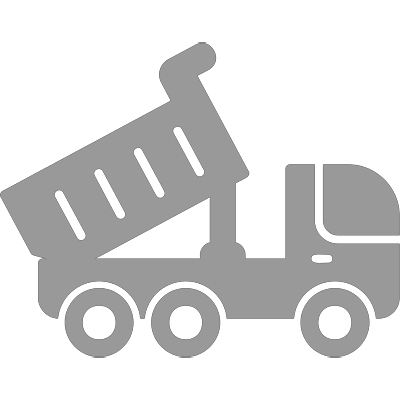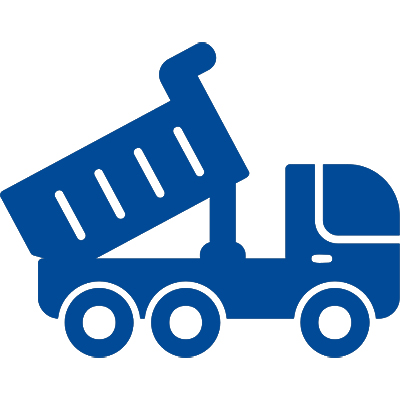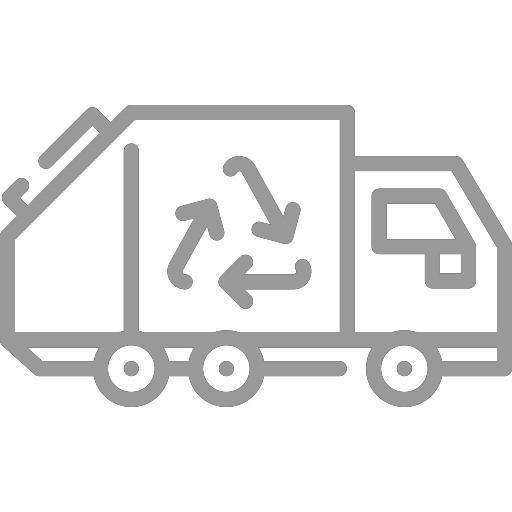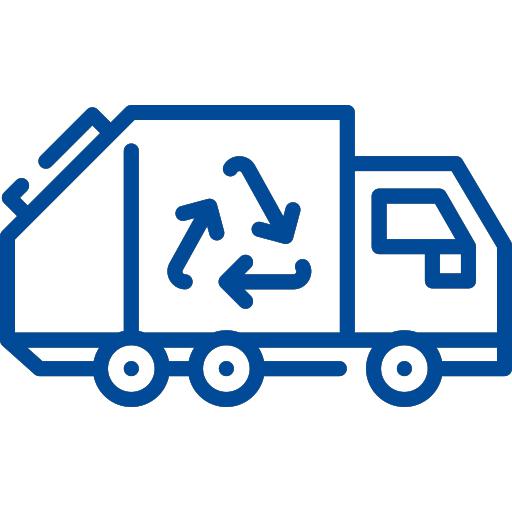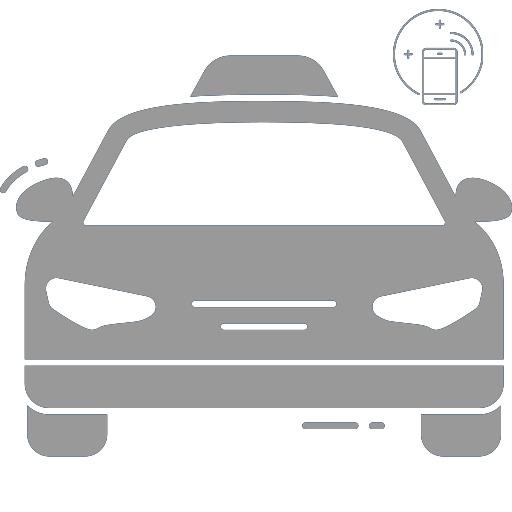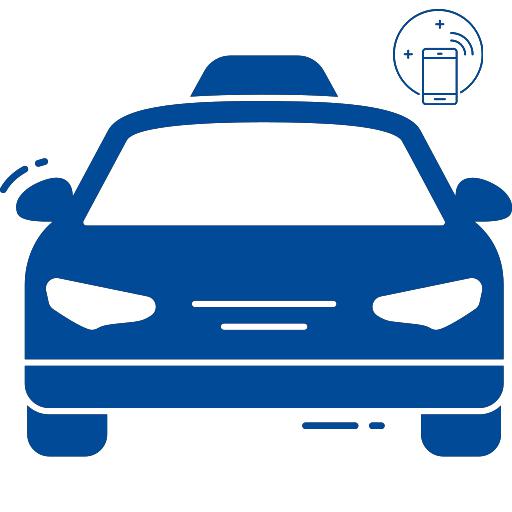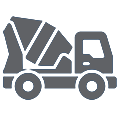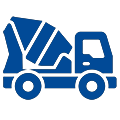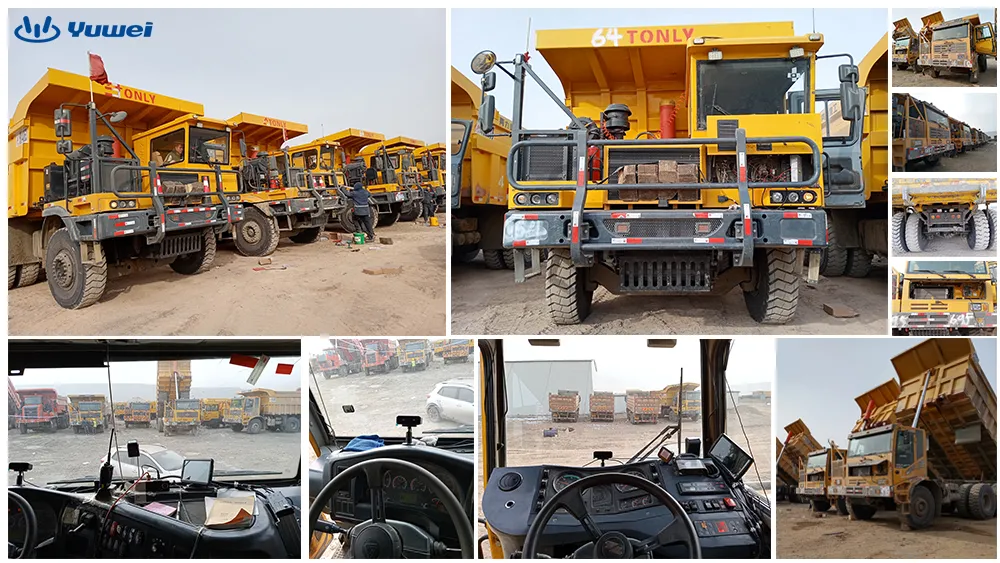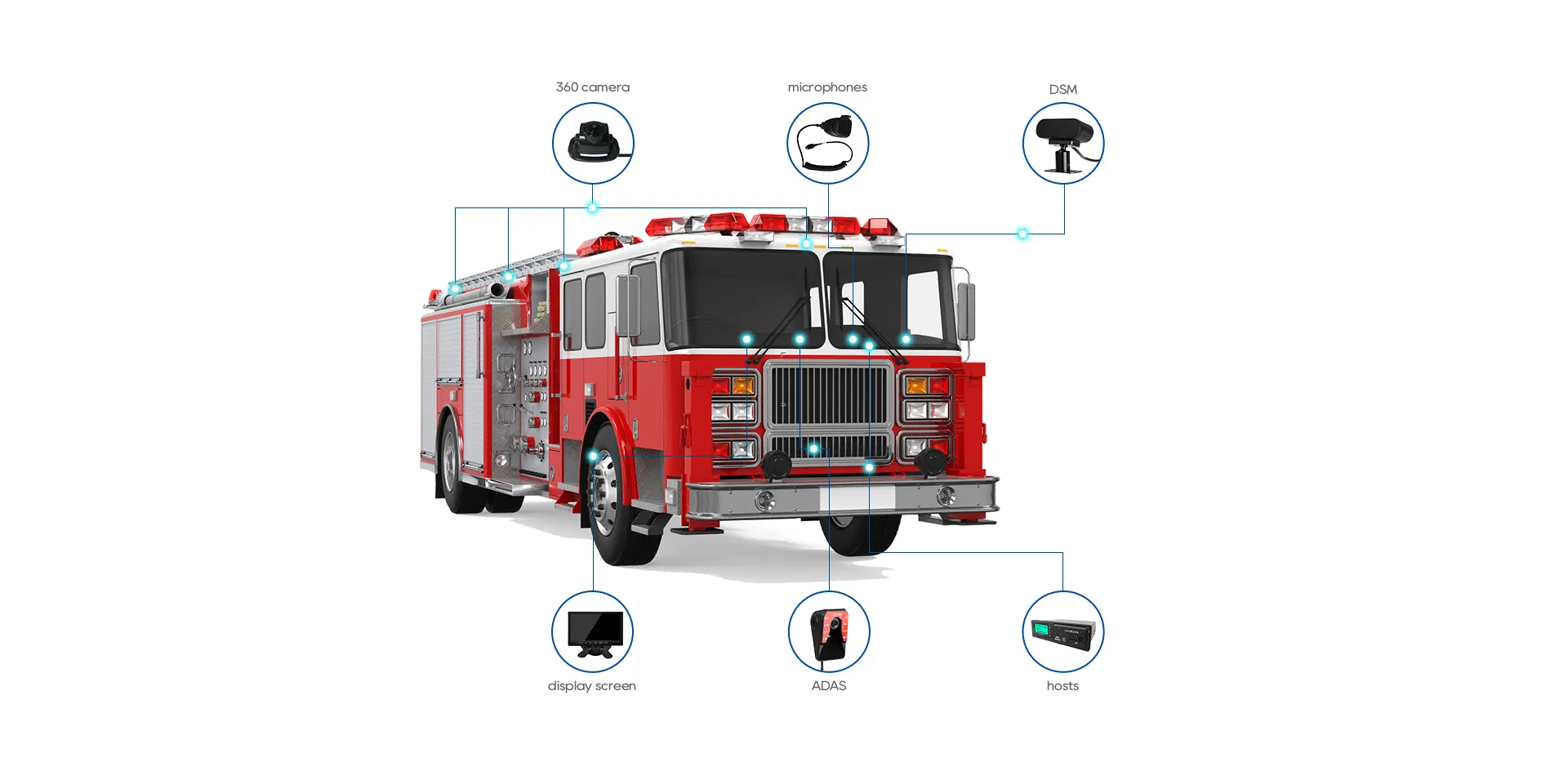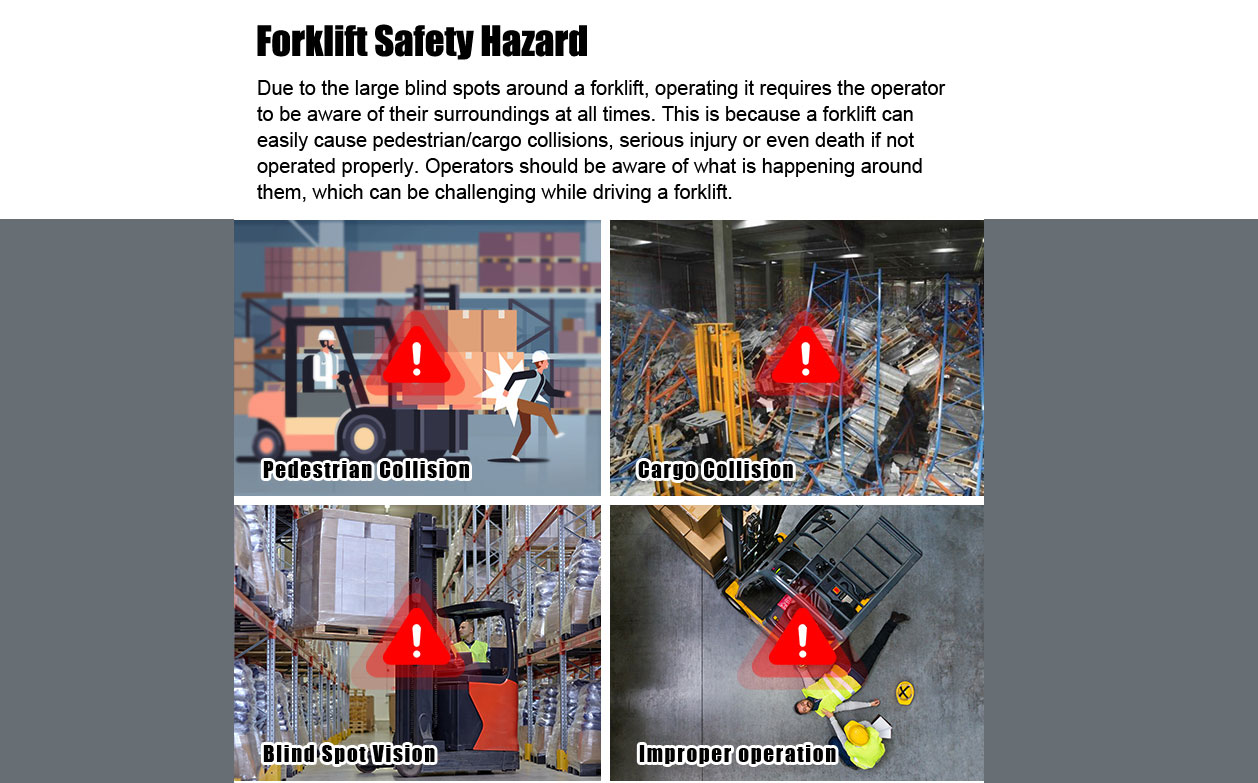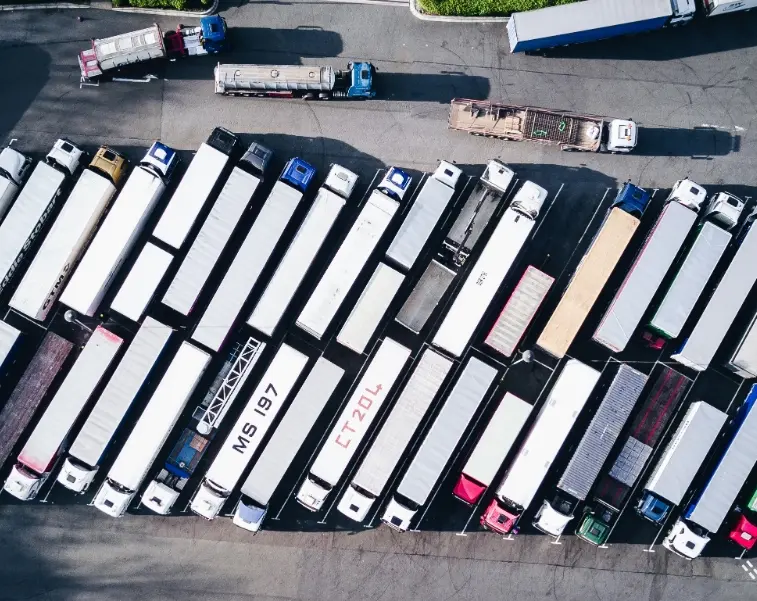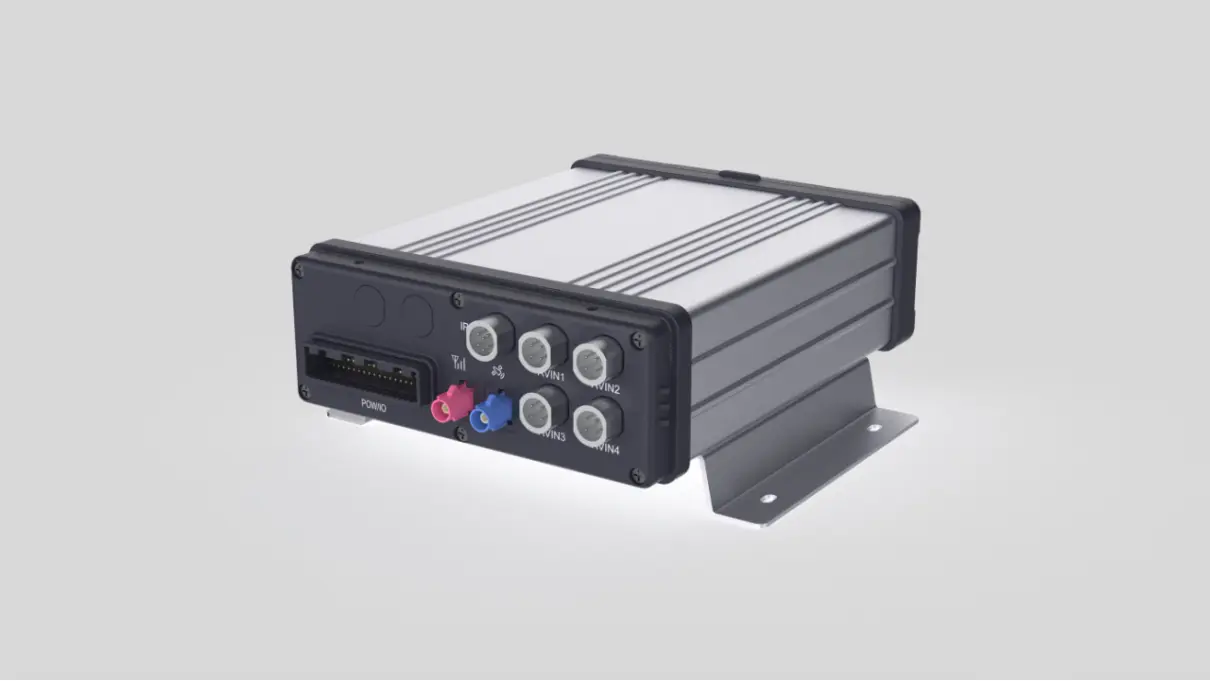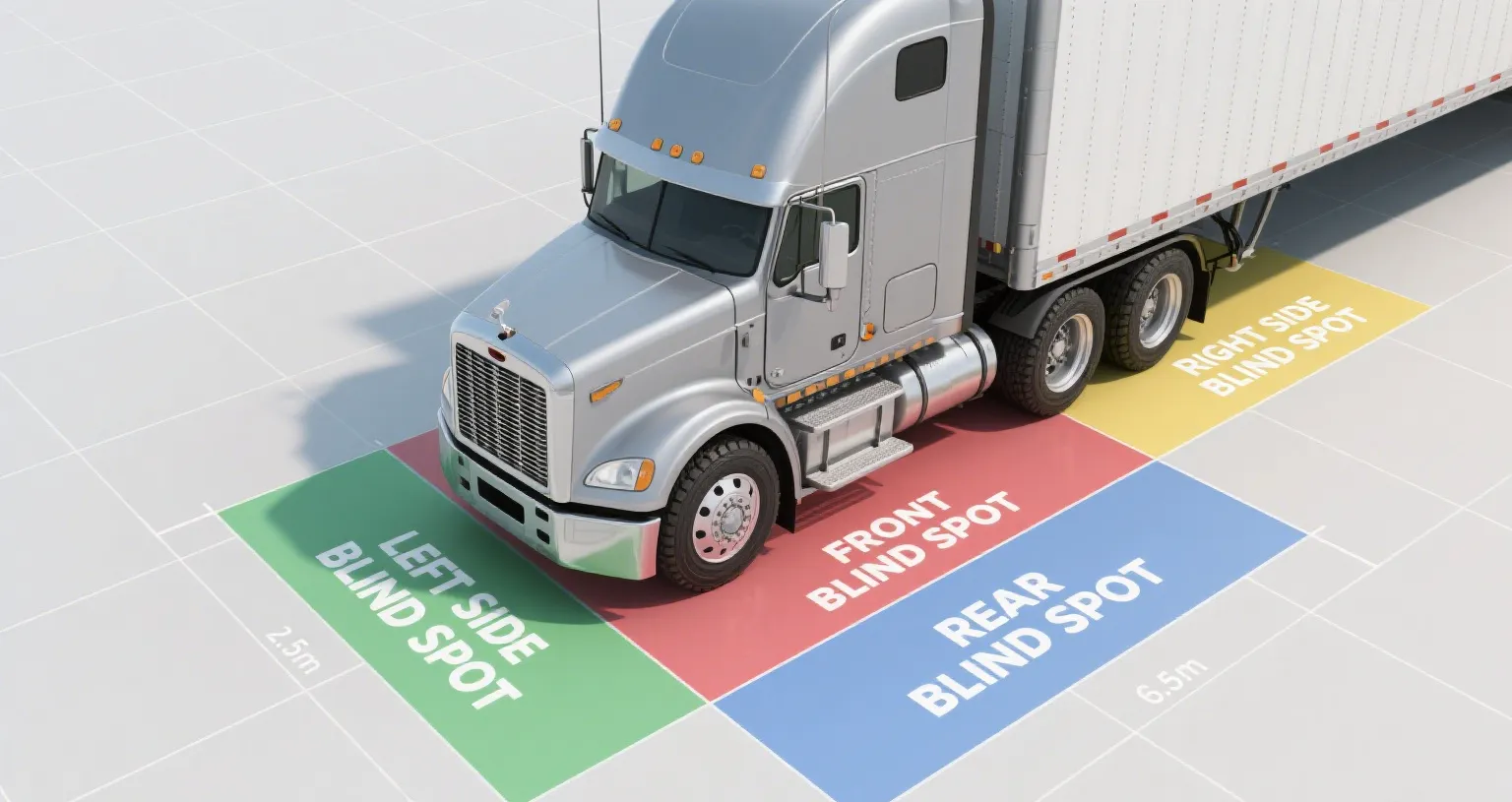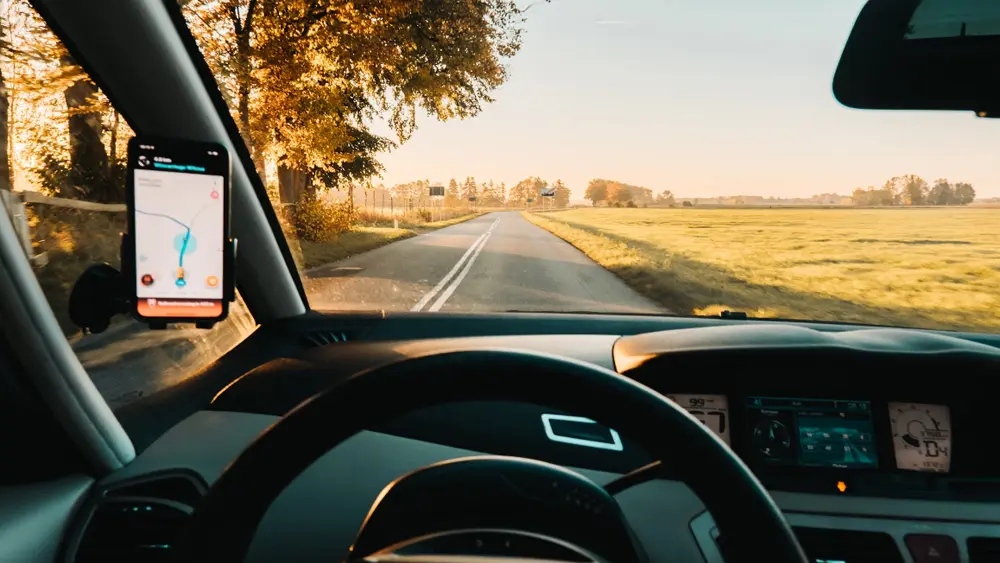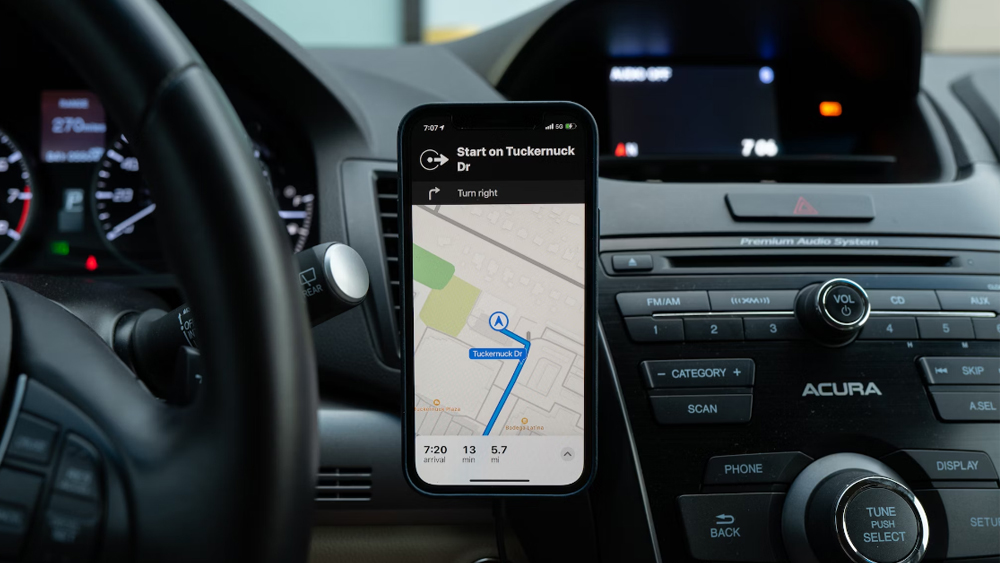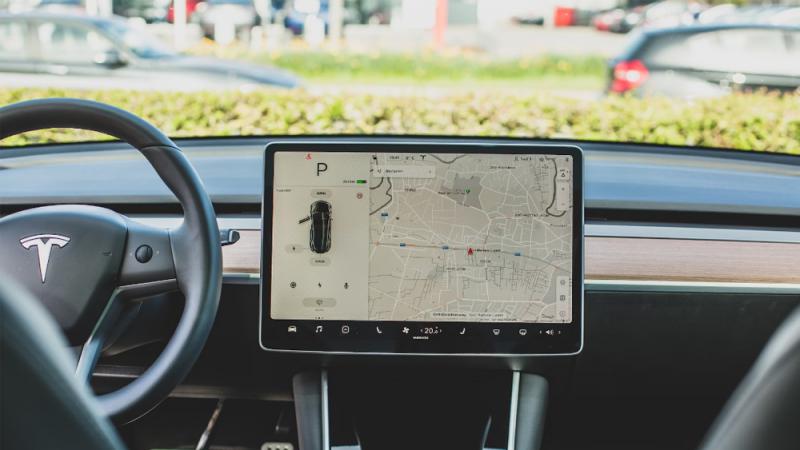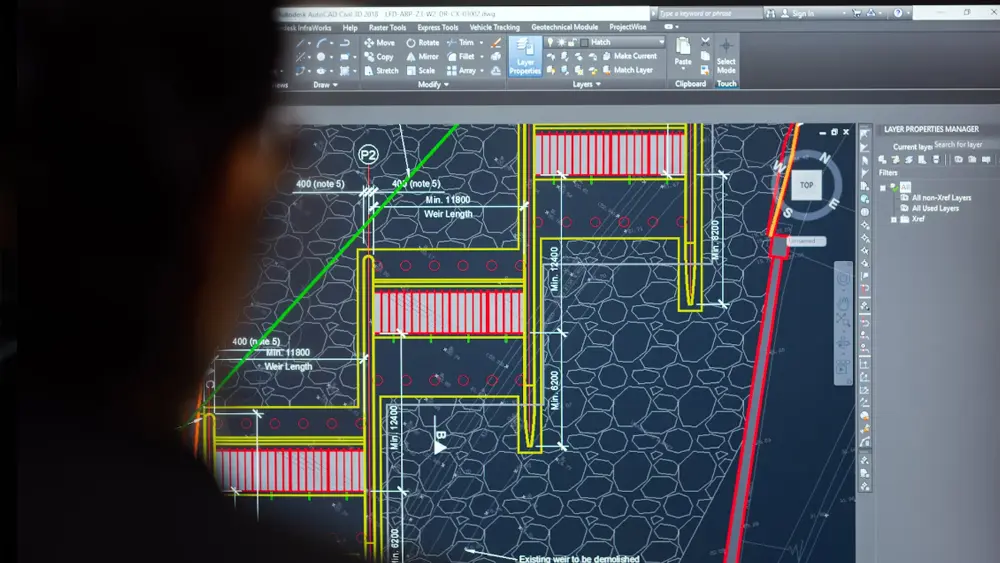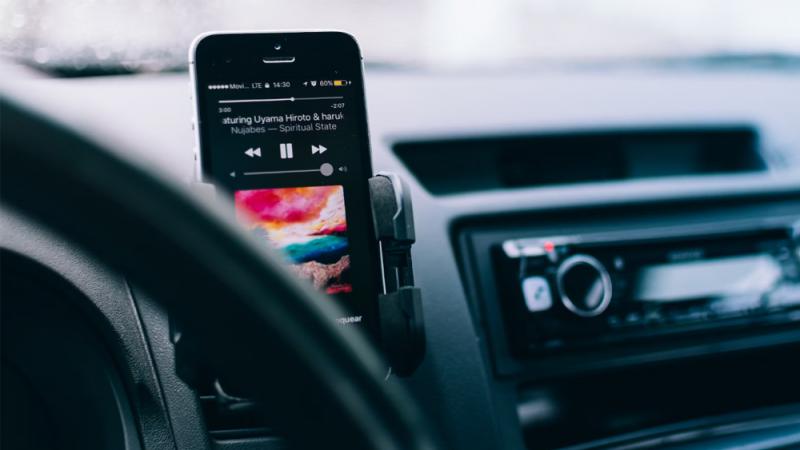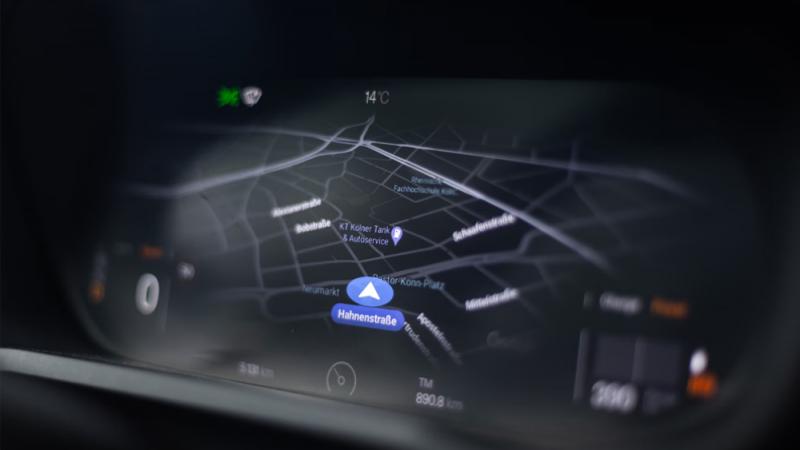What Are Trash Truck Camera Systems?
Definition and Functions of Trash Truck Camera Systems
A trash truck camera system is an integrated in-vehicle smart terminal combining video surveillance, satellite positioning, and artificial intelligence algorithms. Its purpose is to enhance the safety, standardization, and management efficiency of sanitation operations.
By utilizing GPS/BDS dual-mode positioning, real-time video capture, and driver behavior analysis, the system enables full-process digital control of waste collection and transportation. Typical functions include:
1. Real-time positioning and route tracking: 24/7 satellite tracking to prevent route deviations.
2. Driving safety alerts: ADAS (forward collision warning), DSM (fatigue detection), BSD (blind spot monitoring), and other active protections.
3. Violation recording: Overspeed alerts, smoking detection, and mobile phone use identification.
4. Remote dispatch management: Voice broadcasting, electronic geofencing, and one-click emergency alerts.
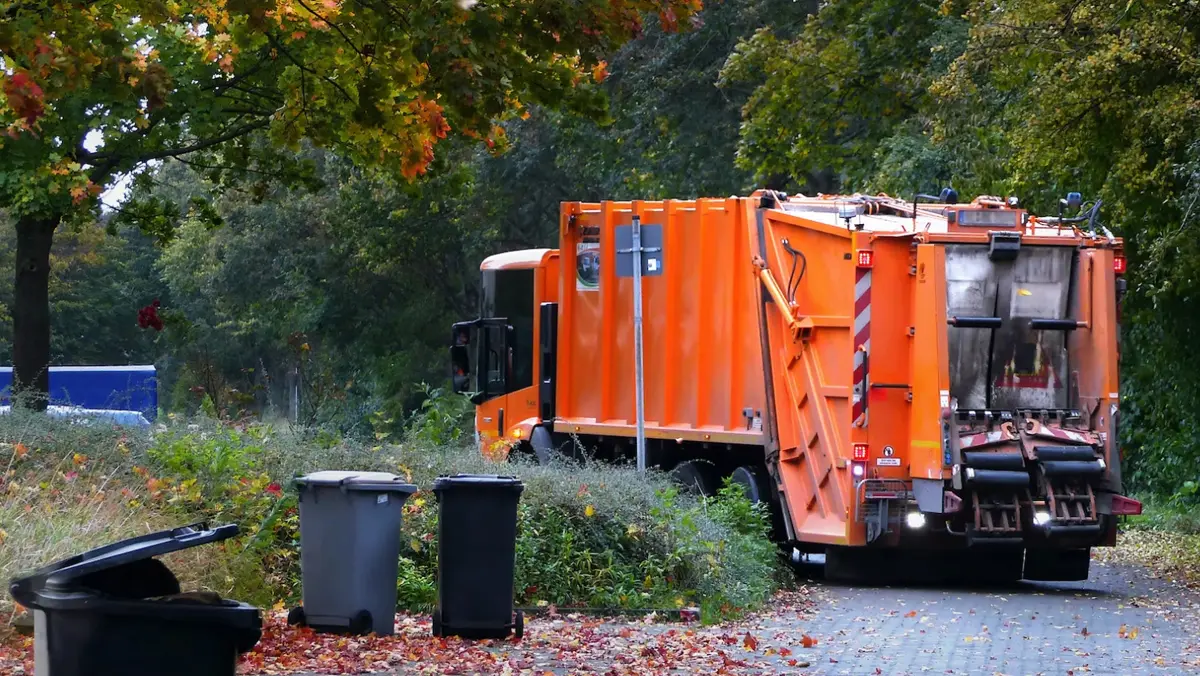
Why Must Trash Trucks Be Equipped with Cameras?
Due to the complex operating environments and monitoring blind spots, traditional trash trucks face persistent challenges:
① Safety risks: Fatigue driving and driver distraction often lead to accidents.
② Lack of operational standards: Irregular garbage dumping and spillage are difficult to trace.
③ Cost inefficiencies: Abnormal fuel consumption and unnecessary parking in restricted areas.
An onboard camera system with 24/7 panoramic monitoring(including reversing cameras and 360° surround view) combined with cloud-based data analysis effectively addresses these problems. For example:
① Reversing cameras: Provide real-time views of rear blind spots, reducing collision risks.
② AI behavior recognition: Automatically detects dangerous actions such as yawning or phone use.
③ Data records: Provide objective evidence for dispute resolution and performance evaluation.
Installation Solutions for Trash Truck Camera Systems
YUWEI offers modular installation services compatible with mainstream models (Dongfeng, FAW Jiefang, Sinotruk, etc.). The main steps include:
1. Hardware Deployment
① Dual cameras in the cabin (front view + driver side profile).
② High-resolution reversing camera at the rear.
③ ADAS sensors (radar + camera fusion).
2. Software Integration
① Connect with fleet management platforms, supporting remote OTA updates.
② Configure geofencing alerts (e.g., restricted zones trigger alarms).
3. Debugging & Optimization
① Calibrate sensor sensitivity for different lighting conditions.
② Test remote fuel cut-off under emergency scenarios.
YUWEI: Trash Truck Camera System Provider
1. Full-scenario coverage: Mobile DVRs, AI dashboards, blind spot cameras, and more.
2. Deep compatibility: Custom installation for mainstream sanitation vehicles.
3. Global presence: Serving over 30 countries, with clients including Dongfeng, FAW Jiefang, Foton, and other top OEMs.
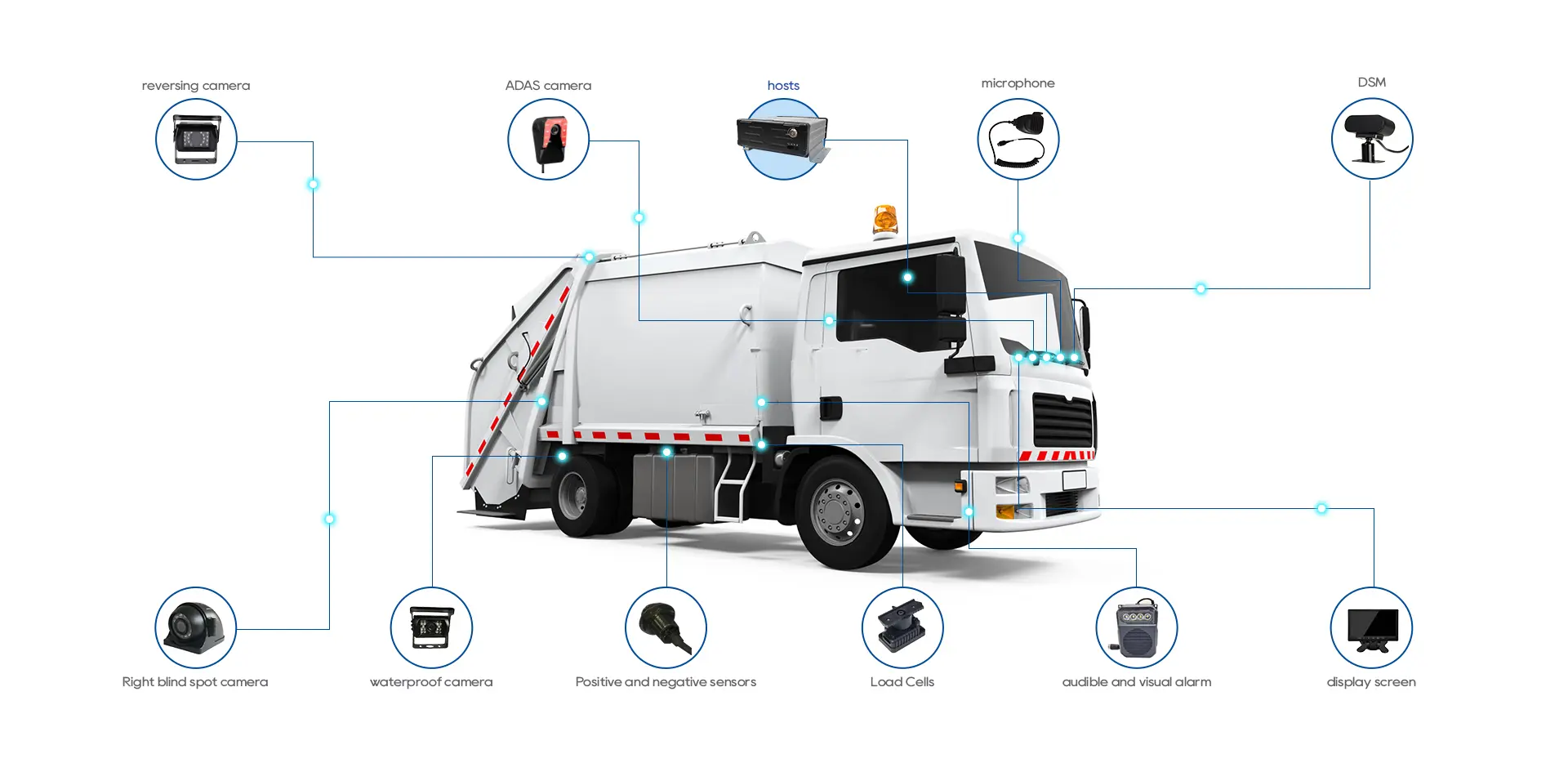
Recommended Solutions:
1. Basic: GPS tracking + DSM fatigue monitoring + reversing camera.
2. Advanced: ADAS collision warning + 4G live transmission + geofencing.
3. Flagship: AI behavior analysis + thermal overflow detection + 5G cloud platform.
Special Value of Reversing Cameras
For large vehicles like trash trucks, reversing cameras are particularly critical:
1. Eliminating blind spots: Covers areas beyond traditional mirrors.
2. Improving operational precision: Helps align with trash bins, reducing secondary pollution.
3. Legal compliance: Many regions in Europe and North America require reversing cameras for garbage trucks.
YUWEI’s reversing cameras use 940nm infrared night vision technology, ensuring clear imaging even in complete darkness. Paired with ultrasonic radar for dynamic distance measurement, the system significantly reduces collision risks.
Email:hello@yuweitek.com















